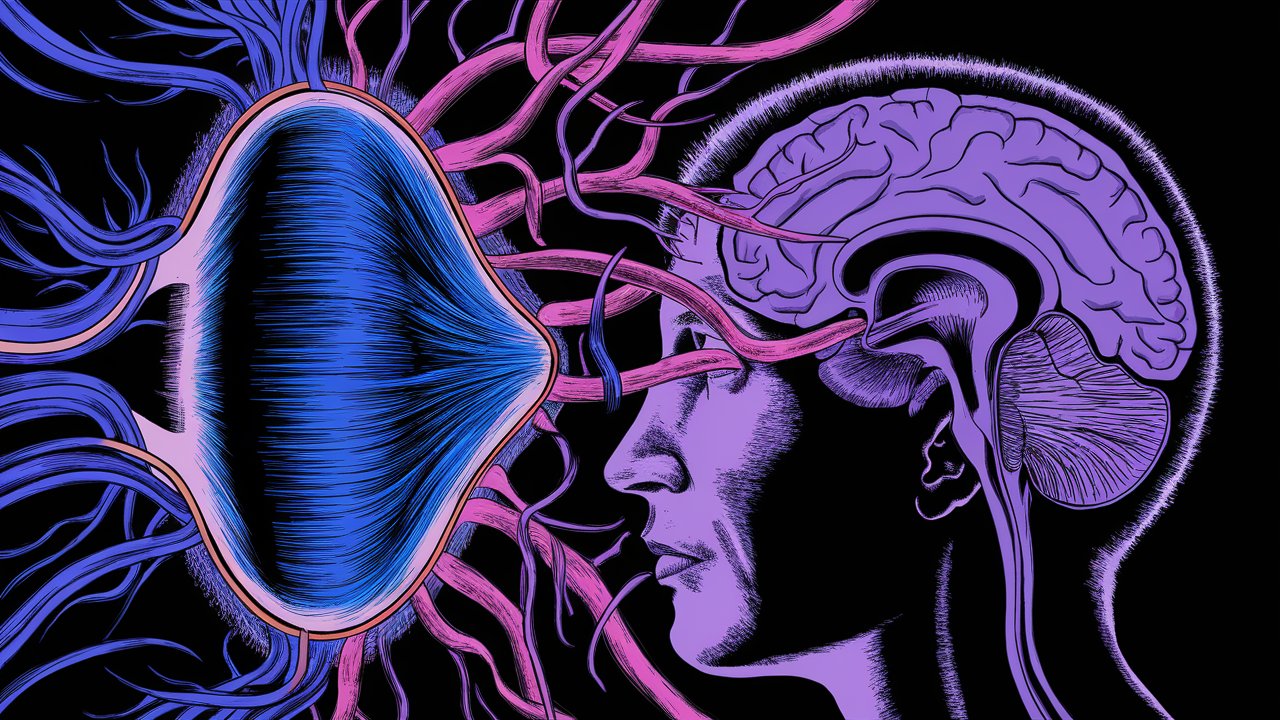
Corneal-Cerebellar Syndrome is a rare neurological disorder that affects both the eyes and the brain. Characterized by abnormalities in the cornea and cerebellum, this syndrome can lead to vision problems and coordination issues. Symptoms often include difficulty with balance, involuntary eye movements, and impaired motor skills. Causes are usually genetic, but environmental factors may also play a role. Diagnosis typically involves a combination of eye exams, neurological assessments, and genetic testing. Treatment options are limited and focus on managing symptoms rather than curing the condition. Living with Corneal-Cerebellar Syndrome can be challenging, but understanding the facts can help those affected navigate their daily lives more effectively.
What is Corneal-Cerebellar Syndrome?
Corneal-Cerebellar Syndrome is a rare neurological disorder that affects both the cornea and the cerebellum. This condition can lead to a variety of symptoms, impacting vision and motor coordination. Here are some intriguing facts about this syndrome.
-
Corneal-Cerebellar Syndrome is often genetic, meaning it can be passed down through families. Genetic mutations are usually the cause.
-
Symptoms can vary widely, but common ones include difficulty with balance and coordination, as well as vision problems.
-
The syndrome is named for its impact on two specific parts of the body: the cornea, which is the clear front part of the eye, and the cerebellum, a part of the brain that controls movement.
Symptoms and Diagnosis
Understanding the symptoms and how doctors diagnose this syndrome can help in managing it better.
-
Vision issues might include blurred vision, double vision, or even loss of vision in severe cases.
-
Motor symptoms often involve ataxia, which is a lack of muscle coordination affecting speech, eye movements, and the ability to swallow.
-
Diagnosis usually involves a combination of genetic testing, MRI scans, and a thorough clinical examination by a neurologist.
Treatment Options
While there is no cure for Corneal-Cerebellar Syndrome, several treatments can help manage the symptoms.
-
Physical therapy can improve coordination and balance, helping patients maintain mobility.
-
Vision therapy may assist in managing eye-related symptoms, improving the quality of life.
-
Medications can sometimes help control symptoms like muscle spasms or tremors.
Living with Corneal-Cerebellar Syndrome
Living with this condition requires adjustments and support, but many people lead fulfilling lives.
-
Support groups and counseling can provide emotional support and practical advice for patients and their families.
-
Adaptive devices, such as special glasses or mobility aids, can make daily tasks easier.
-
Regular follow-ups with healthcare providers are crucial for monitoring the progression of the syndrome and adjusting treatments as needed.
Research and Future Directions
Ongoing research aims to better understand Corneal-Cerebellar Syndrome and find more effective treatments.
-
Scientists are exploring gene therapy as a potential future treatment, which could address the root cause of the syndrome.
-
Clinical trials are ongoing to test new medications and therapies that might improve symptoms or slow the progression of the disease.
-
Increased awareness and funding for research can lead to better outcomes for those affected by this rare condition.
Final Thoughts on Corneal-Cerebellar Syndrome
Corneal-Cerebellar Syndrome, a rare genetic disorder, affects both the eyes and brain. Symptoms like corneal clouding, ataxia, and nystagmus can significantly impact daily life. Early diagnosis and intervention are crucial for managing symptoms and improving quality of life. Genetic testing plays a vital role in identifying the syndrome, allowing for tailored treatment plans. While there's no cure, therapies like physical therapy, occupational therapy, and vision aids can help manage symptoms. Support from healthcare professionals and patient communities can provide much-needed assistance and encouragement. Understanding this syndrome better can lead to more effective treatments and support for those affected. Stay informed and seek professional advice if you or a loved one shows symptoms. Knowledge is power in managing rare conditions like Corneal-Cerebellar Syndrome.
Was this page helpful?
Our commitment to delivering trustworthy and engaging content is at the heart of what we do. Each fact on our site is contributed by real users like you, bringing a wealth of diverse insights and information. To ensure the highest standards of accuracy and reliability, our dedicated editors meticulously review each submission. This process guarantees that the facts we share are not only fascinating but also credible. Trust in our commitment to quality and authenticity as you explore and learn with us.


